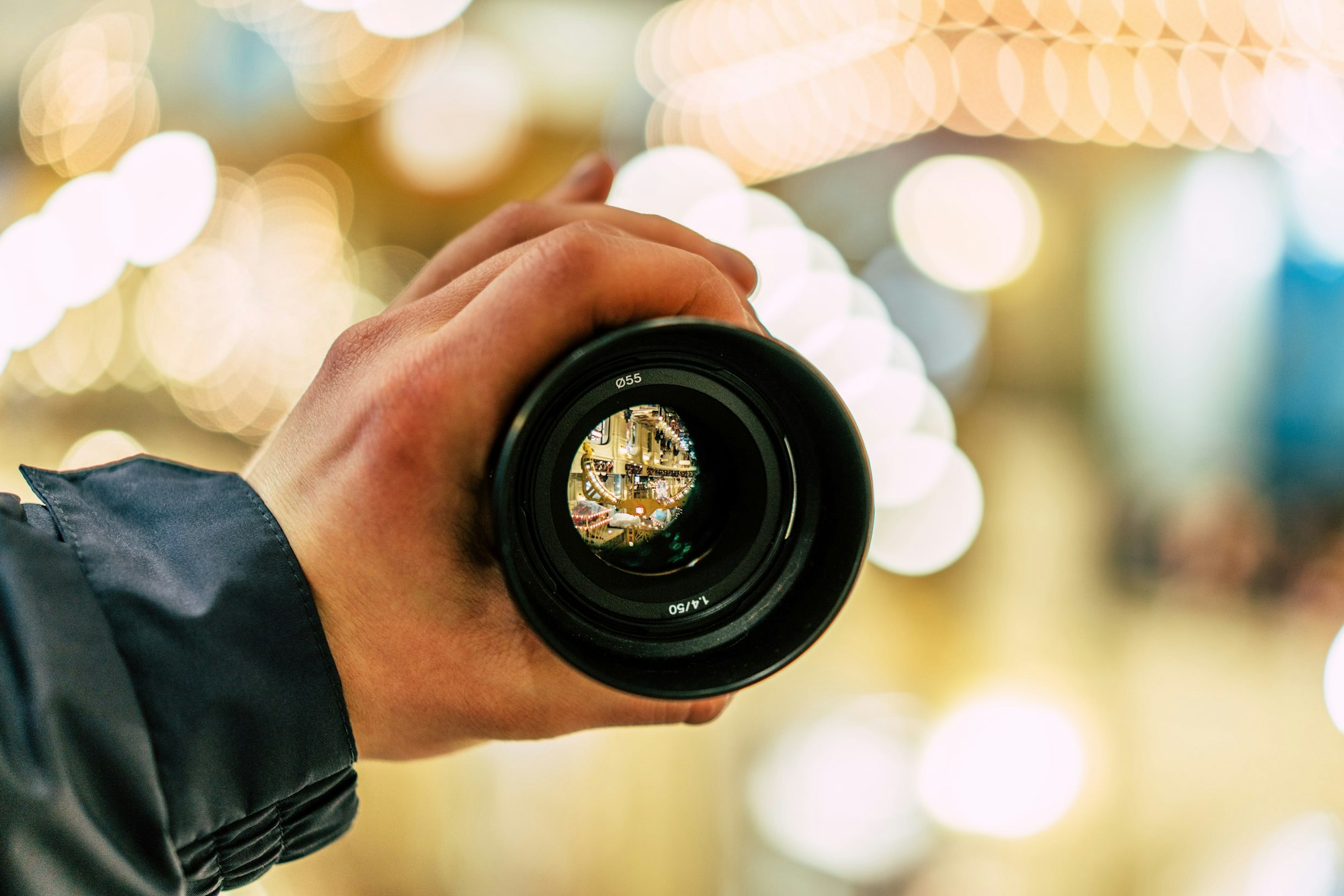Street photography is a fascinating genre that captures candid moments of everyday life. To excel in this form of photography, choosing the right lens is crucial. The lens you select will significantly impact your ability to capture the essence of the street, the mood, and the people in it. In this comprehensive guide, we’ll delve into the various lenses suitable for street photography, their pros and cons, and how to choose the best one for your style.
Introduction to Street Photography
Street photography involves capturing spontaneous moments in public places. It’s about documenting everyday scenes, people, and environments without interfering with them. The right lens helps you be more flexible, unobtrusive, and efficient in capturing these moments.
Key Factors in Choosing a Lens
When selecting a lens for street photography, consider the following factors:
- Focal Length: Determines how much of the scene you can capture and how close you need to be to your subject.
- Aperture: Affects the depth of field and performance in low-light conditions.
- Size and Weight: Lighter and more compact lenses are easier to carry and less conspicuous.
- Autofocus Speed: Fast and accurate autofocus is essential for capturing fleeting moments.
- Image Stabilization: Useful for handheld shooting, especially in low light.
Prime Lenses for Street Photography
Prime lenses have a fixed focal length, which encourages you to move around and think more about composition. They are generally smaller, lighter, and offer superior image quality compared to zoom lenses.
Popular Prime Lenses:
35mm f/1.4 or f/2
- Pros: Natural field of view, great for capturing environmental context.
- Cons: May require you to get closer to subjects, which can be challenging in some situations.
50mm f/1.8 or f/1.4
- Pros: Versatile, affordable, and excellent for low-light situations.
- Cons: Narrower field of view, which can sometimes be restrictive.
28mm f/2.8 or f/1.8
- Pros: Wide field of view, great for capturing more of the scene.
- Cons: Can cause distortion at the edges of the frame.
24mm f/2.8 or f/1.4
- Pros: Very wide, excellent for dramatic perspectives and capturing broader scenes.
- Cons: Distortion can be more pronounced, especially at the edges.
Zoom Lenses for Street Photography
Zoom lenses offer flexibility, allowing you to adjust the focal length to suit different scenes without changing lenses. They are convenient but can be bulkier and heavier.
Popular Zoom Lenses:
24-70mm f/2.8
- Pros: Versatile focal range, excellent image quality, and great for both wide and close-up shots.
- Cons: Larger and heavier, can be more conspicuous.
18-55mm f/3.5-5.6
- Pros: Lightweight, compact, and typically more affordable.
- Cons: Variable aperture, less effective in low-light conditions.
70-200mm f/4 or f/2.8
- Pros: Allows you to shoot from a distance, good for candid shots without being noticed.
- Cons: Very large and heavy, not ideal for close quarters.
Focal Lengths and Their Impact
The focal length you choose affects how you frame your shots and your interaction with subjects.
- Wide-Angle (24mm-35mm):
- Advantages: Great for capturing wide scenes, environmental portraits, and groups of people. Adds context to your images.
- Disadvantages: Can cause distortion, especially at the edges. Requires you to get closer to your subjects, which can be intimidating.
- Standard (50mm):
- Advantages: Natural perspective similar to human vision, versatile for various types of shots.
- Disadvantages: Sometimes requires you to move more to frame shots properly.
- Telephoto (85mm-200mm):
- Advantages: Allows you to shoot from a distance, making it easier to capture candid moments without being intrusive.
- Disadvantages: Larger and heavier, can be conspicuous. Narrower field of view can be limiting in tight spaces.
Aperture Considerations
Aperture plays a significant role in street photography, affecting depth of field and performance in low light.
- Wide Aperture (f/1.4 – f/2.8):
- Pros: Allows more light into the camera, great for low-light conditions. Creates a shallow depth of field, isolating subjects from the background.
- Cons: Can be more expensive. Shallow depth of field can be challenging to focus correctly.
- Narrow Aperture (f/3.5 – f/8):
- Pros: Greater depth of field, keeping more of the scene in focus. Lenses with narrower maximum apertures are typically lighter and more affordable.
- Cons: Less light enters the camera, which can be challenging in low-light conditions. May require higher ISO settings, leading to more noise.
Lens Brands and Recommendations
Many camera manufacturers produce high-quality lenses suitable for street photography. Here are some recommendations based on popular brands:
Canon:
- Canon EF 35mm f/1.4L II USM: Exceptional image quality and low-light performance.
- Canon EF 50mm f/1.8 STM: Affordable and versatile, great for beginners.
Nikon:
- Nikon AF-S NIKKOR 35mm f/1.8G ED: Excellent sharpness and wide aperture.
- Nikon AF-S NIKKOR 50mm f/1.4G: Great for low-light shooting and creating beautiful bokeh.
Sony:
- Sony FE 35mm f/1.8: Compact, lightweight, and high performance.
- Sony FE 50mm f/1.8: Affordable and versatile, perfect for everyday use.
Fujifilm:
- Fujinon XF 23mm f/2 R WR: Weather-resistant, fast autofocus, and excellent image quality.
- Fujinon XF 35mm f/1.4 R: Superb low-light performance and beautiful rendering.
Sigma:
- Sigma 35mm f/1.4 DG HSM Art: Known for its sharpness and build quality.
- Sigma 50mm f/1.4 DG HSM Art: Excellent image quality and bokeh.
To End Things
Choosing the right lens for street photography depends on your style, preferences, and the specific conditions you’ll be shooting in. Whether you prefer the simplicity and quality of prime lenses or the flexibility of zoom lenses, understanding the impact of focal length, aperture, and other factors will help you make an informed decision. Remember, the best lens for street photography is the one that feels right in your hands and helps you capture the world as you see it. Happy shooting!
By considering the tips and recommendations in this guide, you’ll be well on your way to selecting the perfect lens for your street photography adventures. Capture those candid moments, tell compelling stories, and bring the streets to life through your lens.



